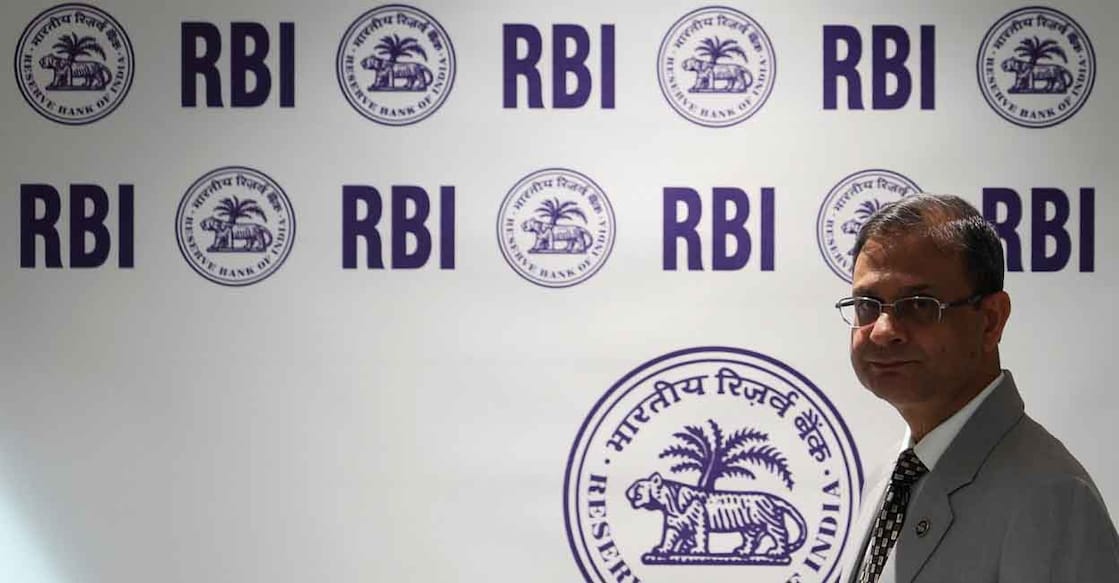Surprise from RBI: Interest rates slashed by 0.50% on easing inflation

Mail This Article
The Reserve Bank of India on Friday slashed its key interest rate by a larger than expected 0.50 per cent, bringing the rate down to 5.50 per cent, citing easing inflation in the country. The central bank also announced plans to cut the Cash Reserve Ratio (CRR) by a huge 1 per cent, stepping up its efforts to boost economic growth.
Economists and market experts expected the central bank to slash the repo rates by 25 basis points, making this move a surprise to many. The RBI began its monetary policy easing on February when it cut the rates by 25 bps, followed by another similar cut in April, which had brought the rate down to 6 per cent.
Delivering the announcement on the rate cut, RBI Governor Sanjay Malhotra said that inflation had softened significantly, allowing the central bank to continue with policy easing. According to the data published by the government, the headline inflation in the country softened to 3.16 per cent in April, well within the central bank's target of 4 per cent. Weakening inflation gives space for continuing policy easing and front-loading of rate cuts, Malhotra said.
"The MPC’s decision to go for a deep cut in repo rate by 50 bps and slashing CRR to 3 per cent in tranches will not only support economic growth but also improve the liquidity positions of the banks significantly. These steps will ensure durability of the nascent resurgence in the domestic demand led by private spending," said Vinod Francis, General Manager, Chief Financial Officer of South Indian Bank.
"We view the MPC’s decision to cut the Cash Reserve Ratio to 3% in tranches and reduce the repo rate by 50 basis points as a timely opportunity to extend more affordable credit and further empower communities through inclusive banking, said K Paul Thomas, MD & CEO, ESAF Small Finance Bank.
The central bank also announced that it now expects inflation to average 3.7 per cent in the 2025-26 financial year. "Going forward, economic activity continues to maintain the momentum in 2025-26, supported by private consumption and traction in fixed capital formation," the RBI said.

"The key learning from the policy is that the central bank is not leaving any stones unturned to ensure price stability at the same time doing everything it takes to support growth," Vinod said.
RBI also pointed out that the prediction of above normal monsoon will help to keep inflation in check. "Going forward, the likely above normal monsoon along with its early onset augurs well for Kharif crop prospects. Reflecting this, inflation expectations are showing a moderating trend, more so for the rural households," it said.
"Additionally, with CPI forecasted at 3.7 per cent, the resulting improvement in purchasing power, particularly among low-income groups, is likely to support financial inclusion and stimulate broader economic participation," said Thomas.
The RBI decision to cut CRR by a huge 1 per cent will unlock ₹2.5 lakh crore liquidity to the banking system for lending to the productive sectors of the economy. With the reduction in four equal tranches ending November 29, 2025, the CRR would come down to 3 per cent. This means that the commercial banks would have to maintain a lower level of 3 per cent in liquid cash form, with the RBI allowing them to have higher funds for lending.
"The Reserve Bank remains committed to provide sufficient liquidity to the banking system. To further provide durable liquidity, it has been decided to reduce the cash reserve ratio (CRR) by 100 basis points (bps) to 3 per cent of net demand and time liabilities (NDTL) in a staggered manner during the course of the year," Malhotra said.

